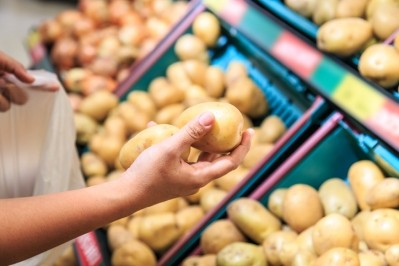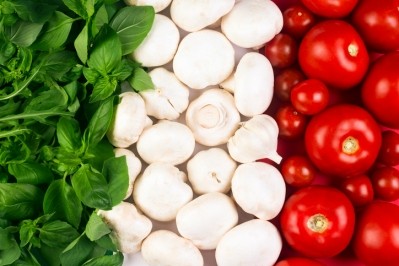Consumer groups
The European Consumer Organisation BEUC said the draft regulation was "well-intentioned" but fell short of meeting EU consumers’ expectations on food origin information.
The draft allows manufacturers to decide on the geographical level of precision of the primary ingredient’s origin – by allowing indications such as ‘EU’, ‘non-EU’ or ‘EU and non-EU’ – however, these are not meaningful enough for consumers, it said.
"We understand that the decision to indicate either the ‘country-of-origin’ (i.e. place of last substantial transformation) or the ‘place of provenance’ (i.e. place of farming) of the primary ingredient will be left for the manufacturer to make," read the comments made by BEUC's senior food policy expert Camille Perrin.
“We fear this may trigger consumer confusion in case of inconsistent approaches among food business operators. For instance, taking the example of bread, some may indicate the country of milling as the wheat’s ‘origin’ whereas others may label the country of harvesting.”
Perrin said BEUC’s own research suggested consumers were most interested in knowing where a food’s primary ingredient was farmed.
Its position was supported by separate comments left by The Danish Consumer Council.
© GettyImages/Antonio_Diaz


































